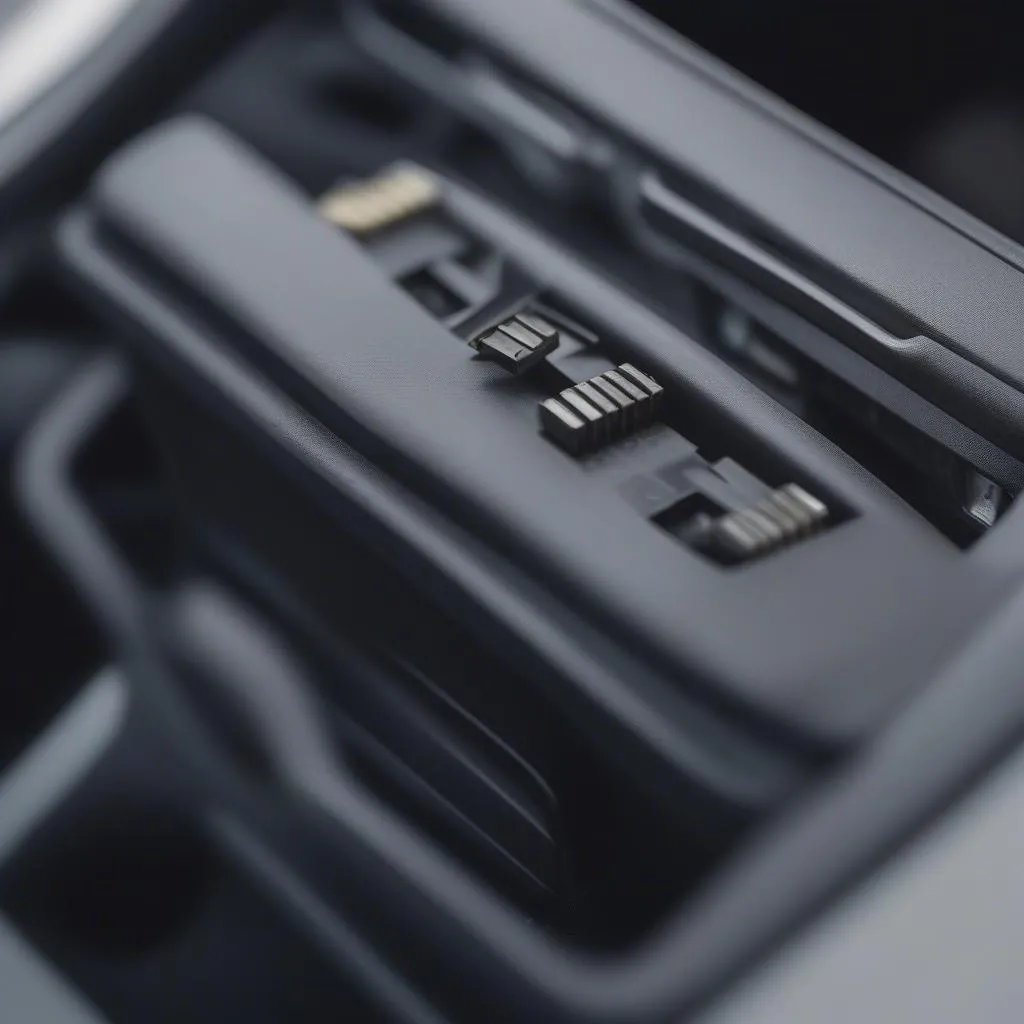Imagine this: You’re cruising down a California highway, enjoying the warm sunshine and the open road. Suddenly, your Ford starts acting up. The engine light flashes, and you pull over to the side of the road, wondering what’s wrong. You’re not sure if it’s something serious, but you know you need to get to the bottom of it. This is where a Ford OBD1 code reader comes in handy.
Understanding Ford OBD1 Code Readers
What is an OBD1 code reader?
An OBD1 (On-Board Diagnostics) code reader is a device that plugs into your vehicle’s diagnostic port, allowing you to read and interpret diagnostic trouble codes (DTCs). These codes are stored in your car’s computer and provide valuable information about any issues that might be affecting your vehicle’s performance.
Why do you need a Ford OBD1 code reader?
For Ford vehicles specifically, an OBD1 code reader can be a lifesaver. OBD1 systems were commonly used in Ford vehicles manufactured between 1984 and 1995. These vehicles are equipped with a specific diagnostic connector called a “Ford ALDL (Auxiliary Local Data Link) connector”.
 ford_aldl_connector
ford_aldl_connector
The codes retrieved from this connector provide vital information about potential issues such as:
- Engine problems: Misfires, fuel system issues, sensor failures, etc.
- Transmission problems: Shifting issues, slipping gears, etc.
- Electrical problems: Short circuits, open circuits, sensor failures, etc.
How does a Ford OBD1 code reader work?
A Ford OBD1 code reader essentially acts as a translator, communicating with your vehicle’s computer and relaying the diagnostic information in a way that you can understand. The reader will display the DTCs, which are typically a combination of letters and numbers, along with a brief explanation of what the code means.
Finding the Right Ford OBD1 Code Reader
With so many options available, choosing the right Ford OBD1 code reader can be confusing. Here are a few key considerations:
- Compatibility: Make sure the code reader is compatible with your specific Ford model year and engine type.
- Features: Some code readers offer more features than others, such as the ability to clear codes, perform live data readings, and even access advanced information about your vehicle’s sensors.
- Ease of use: Look for a code reader with a user-friendly interface and clear instructions.
- Price: OBD1 code readers are available in a wide range of price points. Consider your budget and the features you need before making a purchase.
Tips for Using a Ford OBD1 Code Reader
Once you have your Ford OBD1 code reader, here are a few tips to ensure you get the most out of it:
- Read the manual: Familiarize yourself with the code reader’s instructions. Each model may have slightly different features and operating procedures.
- Connect the code reader properly: Make sure the code reader is securely plugged into the ALDL connector under your dash.
- Identify the codes: Once the code reader connects, it will display the DTCs. Refer to your vehicle’s repair manual or online resources to understand the meaning of each code.
- Clear the codes: After addressing the issue, you can use the code reader to clear the DTCs.
Common OBD1 Codes on Ford Vehicles
Here are a few common OBD1 codes you might encounter on a Ford vehicle:
- Code 12: This code indicates a problem with the oxygen sensor (O2 sensor) circuit.
- Code 33: This code signals a problem with the ignition system, such as a faulty spark plug or coil.
- Code 41: This code suggests a problem with the coolant temperature sensor.
Frequently Asked Questions
Q: Can I use an OBD2 code reader on my Ford OBD1 vehicle?
A: No. An OBD2 code reader is not compatible with an OBD1 system. OBD2 systems were introduced in 1996.
Q: Where can I find a Ford OBD1 code reader?
A: You can purchase a Ford OBD1 code reader at various retailers, including auto parts stores, online marketplaces like Amazon and eBay, and specialty automotive electronics websites.
Q: How often should I check for codes using my Ford OBD1 code reader?
A: While you can check for codes whenever you’re concerned about your car’s performance, most experts recommend checking them at least once a year, or more frequently if you notice any unusual symptoms.
Get Support
If you have any further questions about Ford OBD1 code readers, or if you need help understanding the codes you receive, don’t hesitate to reach out to our team of automotive experts. We’re here to help you diagnose and address any issues with your Ford vehicle.
Whatsapp: +84767531508
Conclusion
Having a Ford OBD1 code reader can be an invaluable tool for diagnosing and maintaining your vehicle. By understanding the basics of OBD1 systems and how to use a code reader effectively, you can potentially save time, money, and frustration in the long run.
Let us know your thoughts in the comments below!